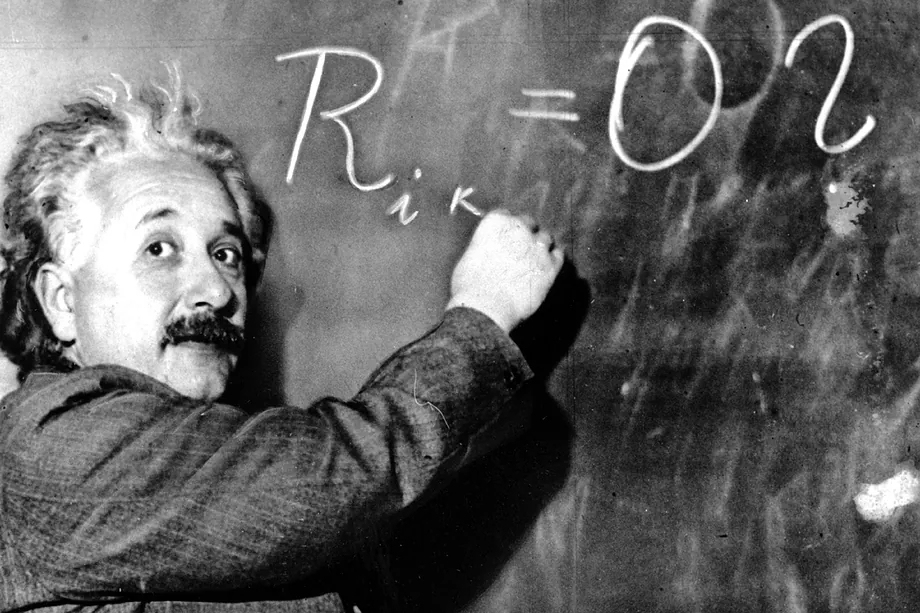José María Martín Olalla, a professor at the University of Seville, has published an article in the journal The European Physical Journal Plus in which he solves a problem that arose 120 years ago in the field of thermodynamics, with which he "has corrected an idea put forward over a century ago by Albert Einstein," Europa Press reports.
Nernst's theorem ---an experimental observation of a general nature presented in 1905 that establishes that entropy exchanges tend to zero as temperature tends to zero--- has been directly linked to the second law of thermodynamics in a work authored solely by Professor Martín Olalla.
In addition to solving a problem posed 120 years ago, the demonstration represents an extension of the consequences linked to the second law of thermodynamics --the principle that establishes the increase of the universe's entropy--.
The issue of Nernst's theorem arose in the early 20th century when the general properties of matter at temperatures close to absolute zero (273 degrees below zero) were studied. Walther Nernst was awarded the Nobel Prize in Chemistry in 1920 for these studies.
As an explanation of his results, Nernst argued that absolute zero had to be inaccessible because, otherwise, it would be possible to build a machine that, using absolute zero as a coolant, could convert all heat into work, which would contradict the principle of increasing entropy. Thus, he proved his theorem in 1912.
Immediately after, Einstein refuted this demonstration by pointing out that such a hypothetical machine could not be built in practice and, therefore, could not question the validity of the principle of increasing entropy. Thus, Einstein dissociated the theorem from the second law of thermodynamics and associated it with a third principle, independent of the second. This idea is now refuted.
In the presented demonstration, Professor Martín Olalla introduces two nuances that "were omitted by Nernst and Einstein," the formalism of the second law of thermodynamics requires, on the one hand, the existence of the machine imagined by Nernst, and, on the other hand, it imposes that this machine be virtual; the machine does not consume any heat, does not produce any work, and does not question the second law.
The combination of both ideas allows us to "conclude that entropy exchanges tend to zero as temperature tends to zero (which is Nernst's theorem) and that absolute zero is inaccessible," as detailed by the University of Seville.
Martín Olalla has pointed out that "a fundamental problem in thermodynamics is to distinguish the sensation of temperature, the sensations of hot and cold, from the abstract concept of temperature as a physical magnitude."
In the discussion between Nernst and Einstein, temperature was only an empirical parameter, the condition of absolute zero was represented by the condition that the pressure or volume of a gas approached zero. Formally, the second law of thermodynamics provides a more concrete idea of what the natural zero of temperature is. "The idea is not related to any sensation, but to that machine imagined by Nernst that has to be virtual. This radically changes the approach to proving the theorem," he added.
The study points out that the only general property of matter near absolute zero that cannot be related to the second law of thermodynamics is the annulment of heat capacities, also compiled by Nernst in 1912. However, Martín Olalla proposes a different formalization: "the second law contains the idea that entropy is unique at absolute zero. The annulment of specific heats only adds that this unique value is zero. It seems more like a footnote, important, than a new principle."
Finally, the professor from the University of Seville has stated that the publication of this article is a first step towards the acceptance of this novel point of view, "the students in the Thermodynamics course I teach were the first to learn about this demonstration. I hope that with this publication, the demonstration becomes more widely known, but I know that the academic world has a great deal of inertia."
